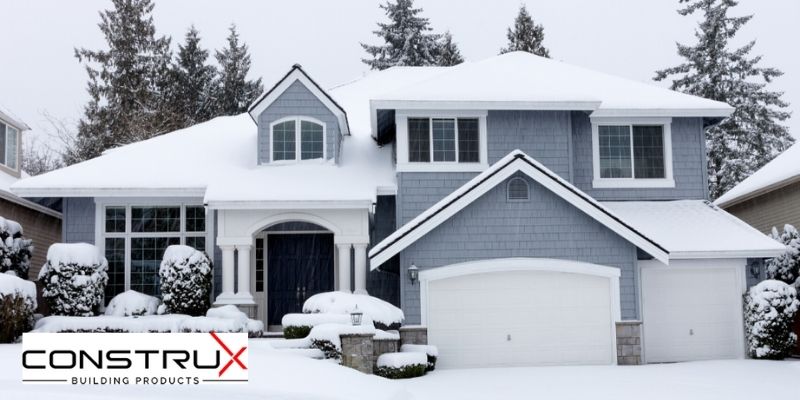
Is It Time To Replace Your Siding?
Siding does not last forever. There comes a time when it stops performing as it used to. At such time, you will need to replace it. But how do you know when it’s time to replace the siding? That’s what we will be elaborating on in this article.
Signs That You Need to Replace Your Siding
Below are some of the signs that your siding needs replacement.
1. Dry Rot
The “dry rot” condition not only occurs when the wood used for the house siding gets wet. It can also occur if the siding was not properly installed or if there is a problem with the interior of the house. The dampness of the wood leads to the growth of fungi which results in the rotting of the siding’s surface. If the dampness problem is not quickly addressed, it could result in further structural defects.
Most times, this problem is not always visible without taking a close look at the siding. If you’ve had water damage or flooding inside or outside of your home, then there might be a need for you to test or check your siding.
You can also find out if the siding has been affected by dry rot by tapping on the siding with either a hammer or a rubber mallet. If on the impact the siding is not strong and steady, you may need to further examine the underneath portions. Paying a professional to examine your home siding may be needed for you to get the full scope of the damage.
If there are only a few areas of the siding affected by dry rot, you may need to replace only the affected areas. But if the areas affected are large, you may need to do a full-scale replacement of the siding.
2. Loose, Cracked, Or Peeling Siding
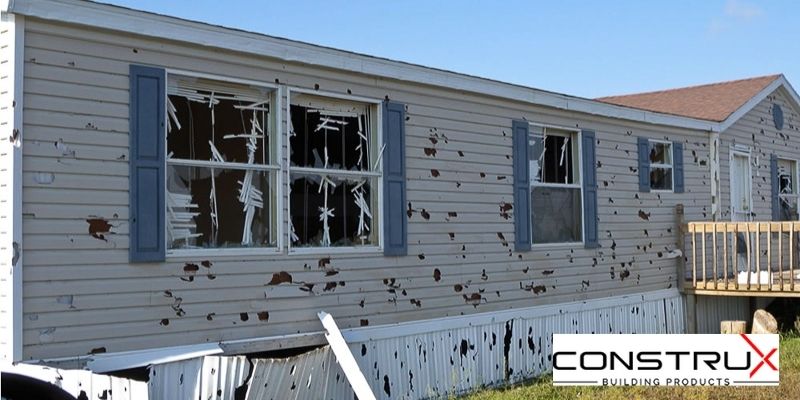
These signs (loose, cracked, or peeling) are more visible than dry rot. They affect the appearance of a house negatively. However, the problem is not only about the aesthetic disorder. Gaps and cracks in house siding allow moisture or water to enter, and this can lead to other complicated issues like dry rot or mold.
Gaps and cracks can also jeopardize the structure of the house. They also create an avenue for critters and insects to get in. You will need to examine beneath the loose or cracked siding to make sure there are no extra damages there. All affected siding must be removed and replaced to prevent pests and water from penetrating the house.
Also, if the affected sidings are few, you can simply replace the cracked boards or tighten up the loose slats. If there are wide sections of sidings that have come loose or are damaged, it might be signs of more serious problems. In this case, it would be wise for you to reach out to an experienced contractor to examine your house’s exterior.
3. Storm Or Hail Damage
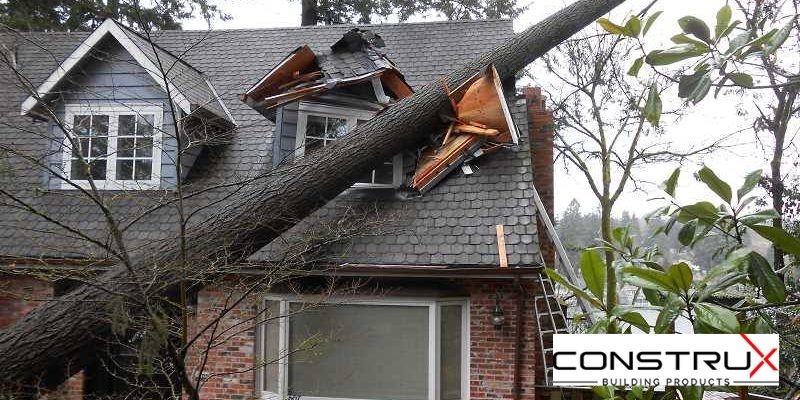
Storms can bring strong winds, heavy rains, or hail. Hail can cause pockmarks and other damage to your house siding. Even in the absence of hail, heavy winds can blow tree limbs, debris, and other objects that can crack or dent your siding.
It’s a good idea for you to inspect your siding visually after a storm; there may be evidence of denting, chipping, and cracking as a result of the storm. Even though the damage is not drastic or severe, it could still diminish the protecting layer that the siding gives against these elements.
In most cases, hail damage generally affects large areas of the house. As a result, you may need to replace the entire siding of your house. Most times, your house owner’s insurance covers the cost of this replacement. So, check out your insurance policy and call your agent.
4. Frequent Painting
If there is a need for you to paint your siding frequently, it may be a sign that it needs to be replaced. A good exterior paint should last you for at least eight to ten years. Chipping or peeling paint is a strong indication that you need to replace your siding.
Consider replacing your regular siding with a premium vinyl siding or fiber cement siding. These sidings have long-lasting colors and require minimal maintenance. Sidings made with low-maintenance materials are best if you find it difficult to tidy up your siding.
5. Interior Walls Peeling
Is the wallpaper or paint inside your house peeling or cracking? This can also be a sign of a damaged siding. Paint and wallpaper problems can be a sign of your siding allowing unwanted moisture into your home. Inspect the siding and replace it if it’s allowing moisture into your walls.
6. Higher Utility Bills
If you notice that there is an increase in your utility bills, it might be because your siding is weak. If your siding is old and weak, the insulation may have deteriorated and may not be as effective as it used to be.
There may also be cracks or holes in the siding that are permitting outside air in and inside air out. If this is the case, your HVAC (heating, ventilation, and air conditioning) unit is carrying out more rigorous functions to conserve and maintain the indoor temperature. This will always result in higher bills.
7. Curb Appeal
Even if you don’t see or notice any structural or physical problems with your siding, you may still need to replace it. If your siding is old, weak, faded, or is dreary from wear and tear, it won’t be aesthetically appealing.
If you are tired of the style or color of your siding, you can go for other color shades. There are several color shades available in the siding markets. The fiber cement siding is available in various colors, textures, and styles. You will surely find something you love from the broad selection.
8. Resale Value
Old, worn, and outdated siding can be a liability to the sale value of your house. Replacing your house siding can add more than a 50% return of its cost value at resale. Siding replacement adds to the curb appeal of your house. Thus making it possible for you to get more interested buyers and also sell at a good price.
Conclusion
Sidings are not built to last forever; they will need to be replaced at some point in time. The points mentioned above are some of the signs that will help you know when it’s time for a siding replacement. If you don’t replace the siding when you should, it will deteriorate further, and you may end up spending more.



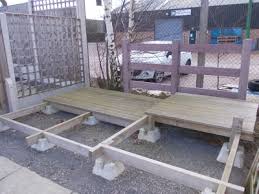
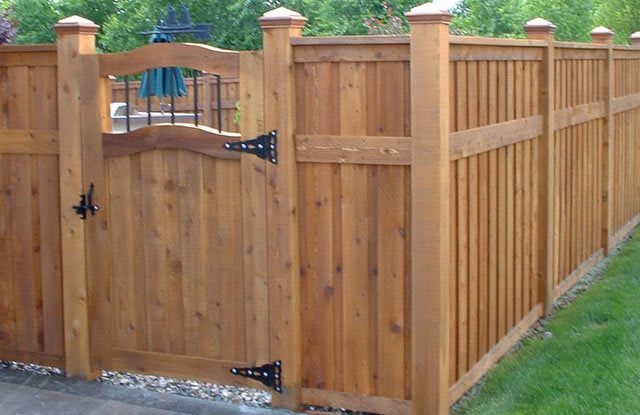
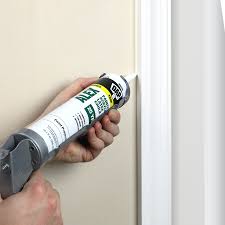

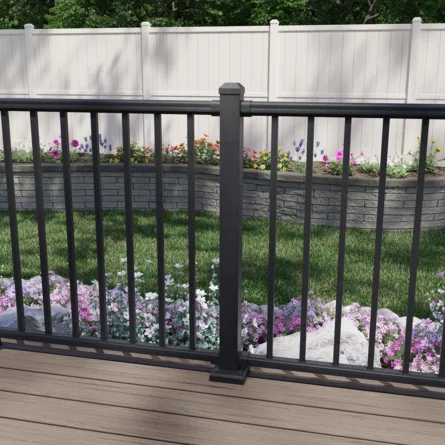
COMMENTS